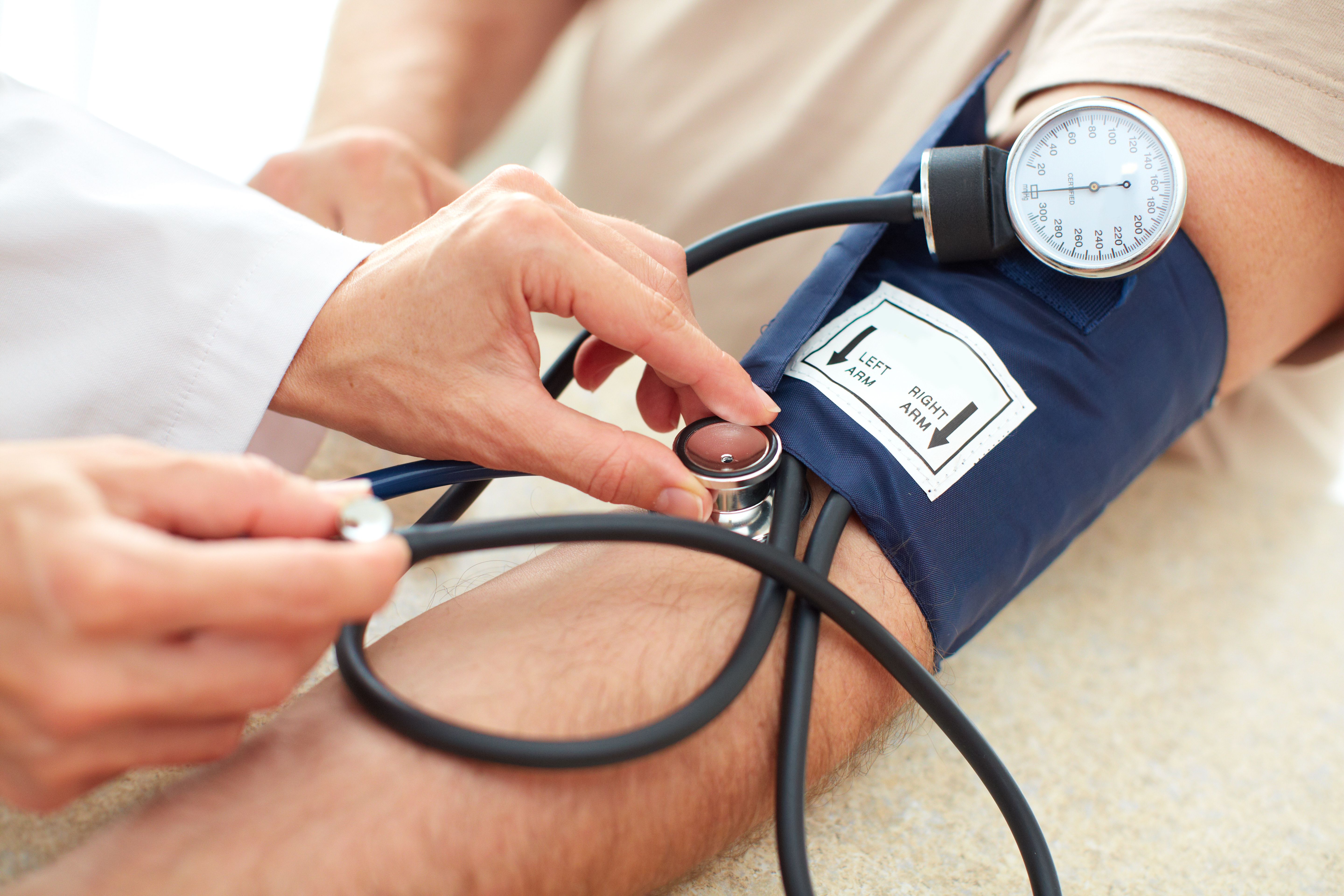Article
Focus on Safety Ahead of USP 800
Pharmacists should be aware of what components they need to address to comply in order to prep themselves for USP standards.
Pharmacists should be aware of what components they need to address to comply in order to prep themselves for USP <800> standards.
In a presentation held at ASHP 2017 Midyear Clinical Meeting and Exhibition, Patricia C. Kienle, BSPharm, MPA, FASHP, who is the Director of Accreditation and Medication Safety at Cardinal Health Innovative Delivery Solutions, discussed several areas of focus.
“Complete your assessment of risk, determine which dosage forms of specific hazardous drugs can be handled with alternative protection, understand your certification report, what components pass, fail, or need attention review and revise work practice procedures as necessary,” Kienle told the audience in attendance.
Assessing Risk
To develop a plan for the safe handling of hazardous drugs, pharmacies should perform a risk assessment, Kienle explained.
The first step is establishing a list of hazardous drugs to the dosage form level and determining if some can be safely handled without meeting all the requirements of <800>. In the presentation, Kienle refers to a table provided by the National Institute for Occupational Safety and Health (NIOSH).
According to the table, these therapies should be considered in a risk assessment:
- Table 1 antineoplastics that only need to be counted or packaged
- Table 2 non-antineoplastics
- Table 3 reproductive-only hazards
She noted that entity-exempt dosages of any forms warrant implementation of alternative containment strategies and/or work practices.
Facilities
Under USP <800>, all hazardous drugs must be stored and compounded in a room that has air pressure with a negative pressure of 0.01 to 0.03” to adjacent space, vented to the outside, and has at least 12 air changes per hour.
A cleanroom suite (ISO positive anteroom opening into ISO 7 negative buffer room) is allowed in <800> with the appropriate negative pressure range to adjacent space, according to Kienle. A Containment Segregated Compounding Area, CACl in negative room with 12 air changes per hour, and a BSC outside of cleanroom are also allowed if externally vented with the appropriate pressure range, but limited to 12 hour beyond use date (BUD).
Low Use Exemption is not permitted in USP <800>.
Work Practices
Pharmacies need to review and revise their work practice procedures to meet standards. This includes using the proper personal protective equipment (PPE) to prevent contamination. For <800>, gloves that meet ASTM standard D6978 are required, and gowns that are designed for chemo must be worn.
Pharmacies are also urged to use the proper CSTDs recommended for compounding, which are required for administration when the dosage form allows. Another key consideration is decontamination practices, Kienle noted, which includes:
- Decontaminating with an oxidizer
- Cleaning with a germicidal detergent
- Disinfecting with sterile isopropyl alcohol
Overall, pharmacies should focus on improving their safety practices and ensuring that their facilities are compliant to allow for a smooth transition into USP <800>.
The presentation was supported by an educational grant from Baxter Healthcare Corporation.
Reference
Kienle PC. Ready or not: safety first-USP chapter <800> is going to be enforceable. Presented at ASHP 2017 Midyear Clinical Meeting and Exhibition. December 3-7, 2017. Orlando
Newsletter
Stay informed on drug updates, treatment guidelines, and pharmacy practice trends—subscribe to Pharmacy Times for weekly clinical insights.






